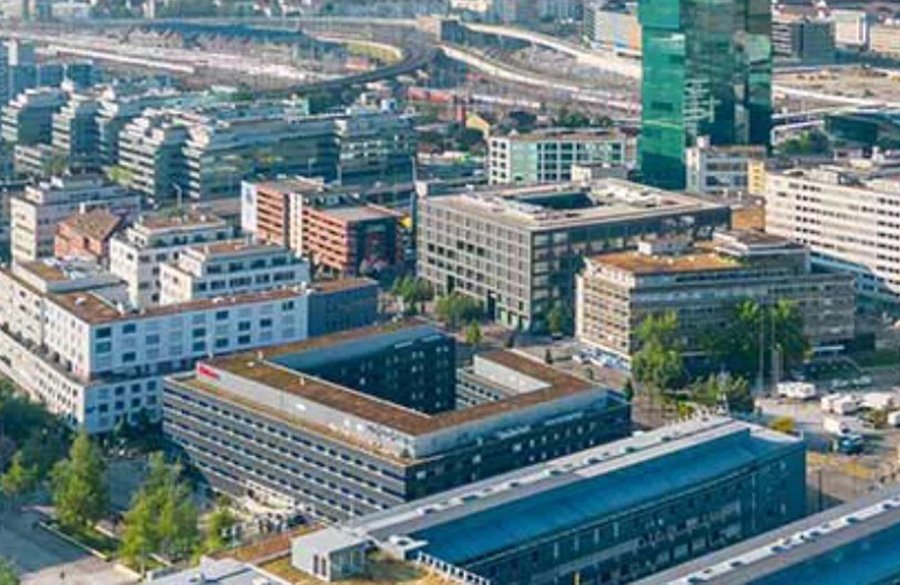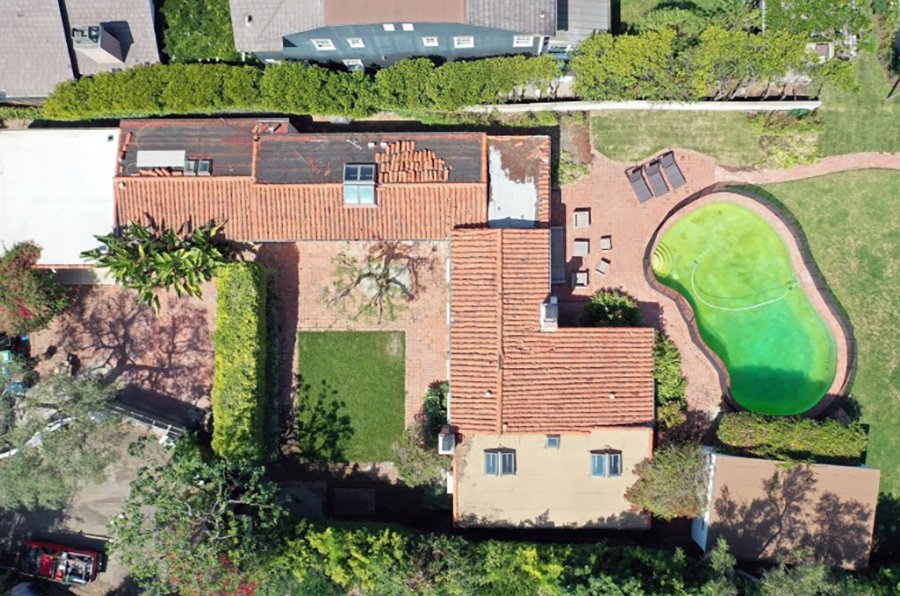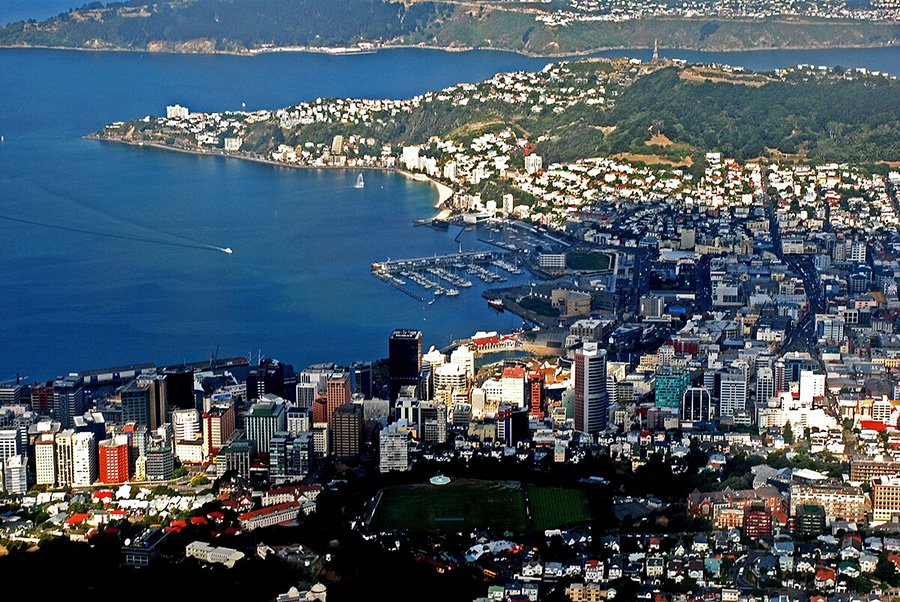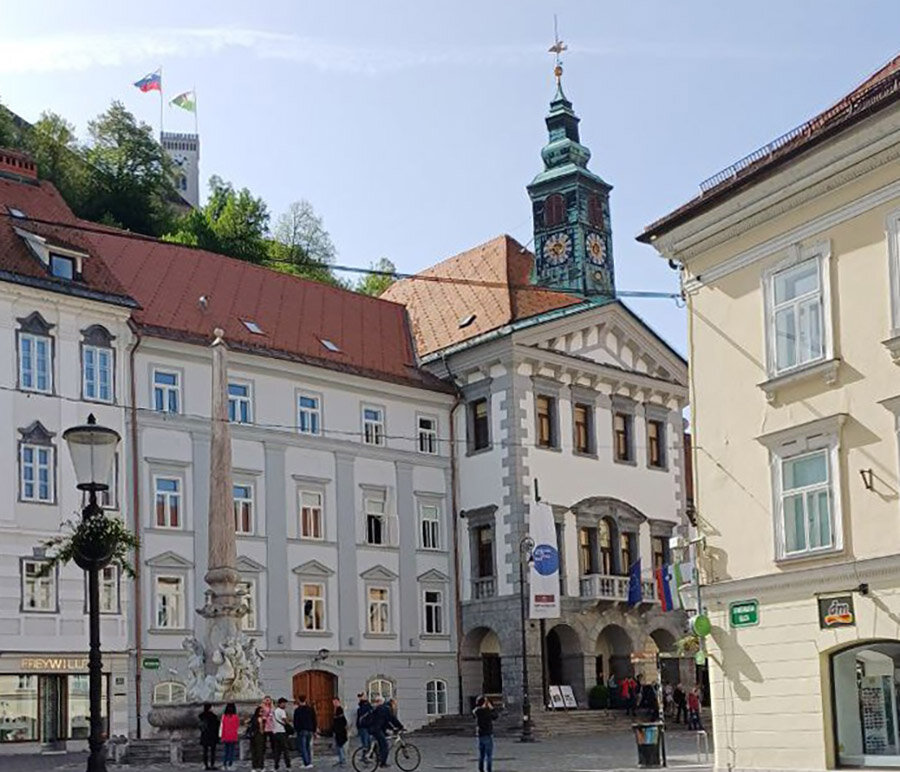читайте также
 Zurich Commercial Real Estate: Offices, Hotels, and Retail in JLL Report
Zurich Commercial Real Estate: Offices, Hotels, and Retail in JLL Report
 Marilyn Monroe’s Brentwood Home Faces Demolition as Owners Challenge Landmark Status
Marilyn Monroe’s Brentwood Home Faces Demolition as Owners Challenge Landmark Status
 Foreigners in Dubai Banned from Selling Property via Power of Attorney
Foreigners in Dubai Banned from Selling Property via Power of Attorney
 New Zealand Allows Golden Visa Investors to Buy Luxury Homes
New Zealand Allows Golden Visa Investors to Buy Luxury Homes
 Hungary Launches Subsidized Housing Loans: Sharp Price Surge Expected
Hungary Launches Subsidized Housing Loans: Sharp Price Surge Expected
 Luxury Housing in Spain: Market Leaders
Luxury Housing in Spain: Market Leaders

Photo: Darya Borodina
Starting from November 2025, Slovenia will begin issuing a digital nomad visa that will allow citizens from non-EU countries to legally stay in the country. The main condition is standard — one must work remotely for companies based outside Slovenia, reports the portal Dnevnik.
It is expected that Slovenia’s digital nomad visa will attract new categories of foreign professionals and support the growth of the local economy in the housing rental and service sectors. The new visa will be introduced following legislative amendments approved in April. It will be available to applicants from non-EU countries who have an income of at least twice the average salary in Slovenia. As of April, this figure was €1,600, meaning digital nomads must earn more than €3,200 per month.
Applicants will also need insurance, valid documents, and a criminal record certificate. The visa will be issued for 12 months without the possibility of renewal, but after spending six months outside Slovenia, a new application can be submitted. Digital nomads will only be allowed to work for foreign companies and are prohibited from employment in Slovenia. This rule also applies to family members, who will likewise not be able to officially work in the country. The visa will be issued in the form of a temporary residence permit under the label “digitalni nomad.”
According to Economic Times, Slovenia has already gained visibility on the digital nomad map thanks to convenient coworking spaces in Ljubljana, Maribor, Celje, Kranj, and Koper, as well as unique natural beauty — from Triglav National Park in the Alps to the Adriatic coast. The new program could further enhance the country’s attractiveness. However, it is worth noting that similar programs have already been launched earlier in almost all neighboring countries.
Croatia was one of the first in the region to introduce a digital nomad visa, as reported by the portal Immigrant Invest. Since 2021, citizens from non-EU countries can obtain a residence permit for up to one year. The main requirement is to prove a monthly income of at least €2,870. Renewal is not permitted, but after a six-month break, a new application can be submitted. Last year, Croatia issued nearly 4,000 visas for digital nomads.
Hungary offers the White Card — an equivalent of a digital nomad visa, which became available in 2022. To obtain it, one must demonstrate an income of at least €3,000 per month. The visa is issued for up to one year and can be extended for another year. Italy, Slovenia’s southern neighbor, approved its digital nomad visa in 2022, though the first applications were accepted much later. To be approved in Italy, applicants must earn around €2,700 per month. The visa is valid for one year with the possibility of renewal and potential eligibility for permanent residence with prolonged stay.
Cyprus has recently resumed processing applications for its digital nomad visa. Applicants must have a monthly income of at least €3,500 before taxes. If moving with family, the financial threshold increases by 20% for a spouse/partner and 15% for each minor child. In Portugal, the minimum financial threshold is €3,280, while in Spain it is €2,762. Montenegro has more lenient requirements, raising its threshold from €1,350 to €1,500.
The digital nomad lifestyle is becoming increasingly popular worldwide. According to MBO Partners, around 40 million people belong to this category. Analysts from Nomad List believe the number is even higher — about 80 million. Nearly half, 44%, are from the USA, 78% are men, and 90% have higher education. Most identify as non-religious and progressive. About 59% work from home, while 15% work from coworking spaces. The average digital nomad is 36 years old, works around 40 hours per week, and earns more than $124,000 annually.
Read also:
Slovenia: Basic Language Skills Now Mandatory for All Residence Permit Applicants
Investment Opportunities in Slovenia's Real Estate Market in 2025
In Which European Countries Are People Most Satisfied with Their Lives?
Europeans Spend Around 20% of Their Income on Housing





